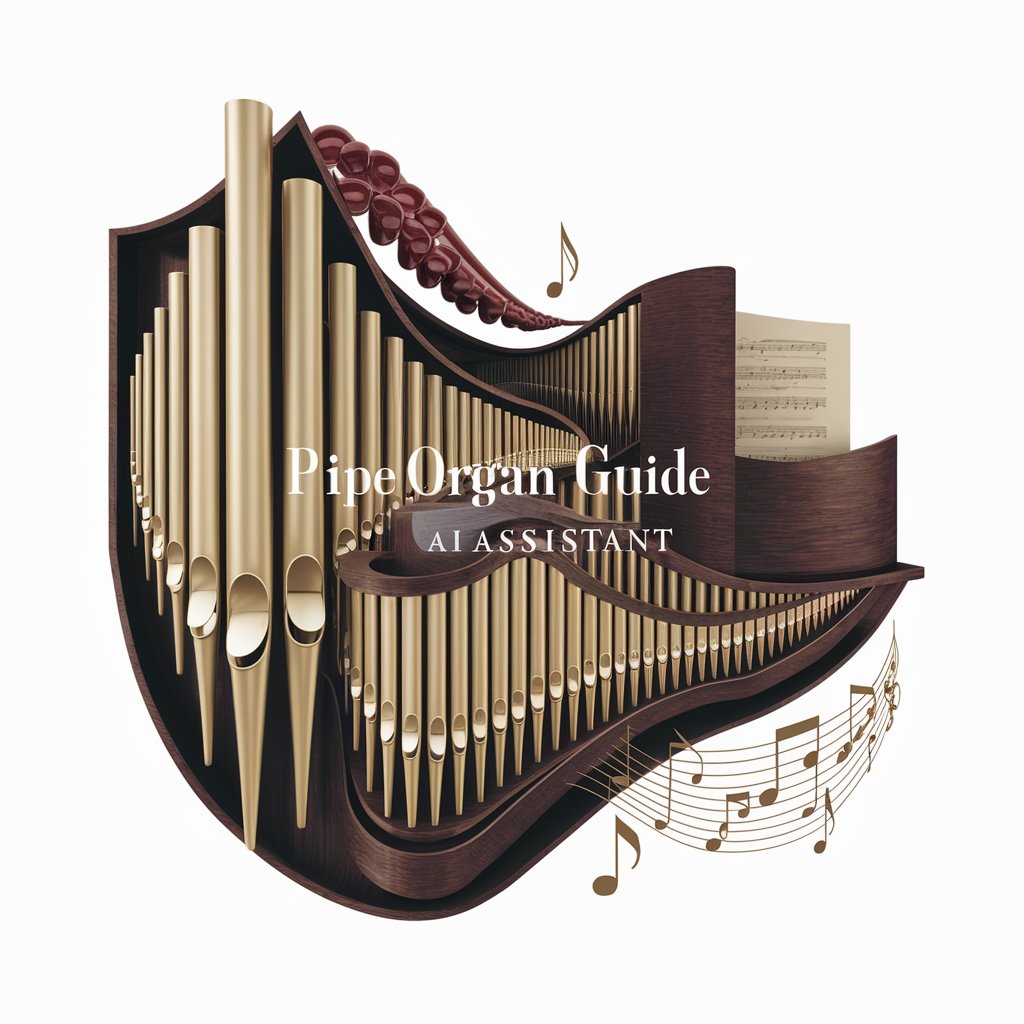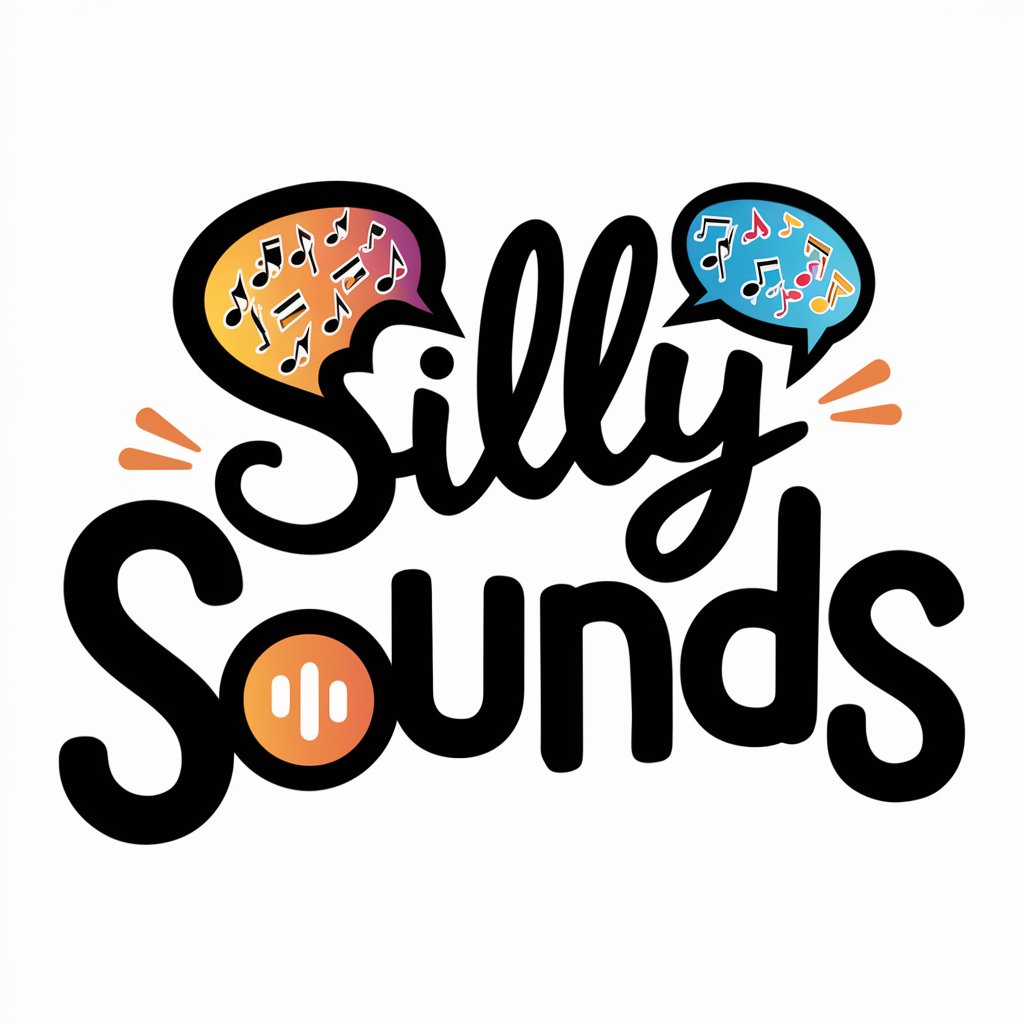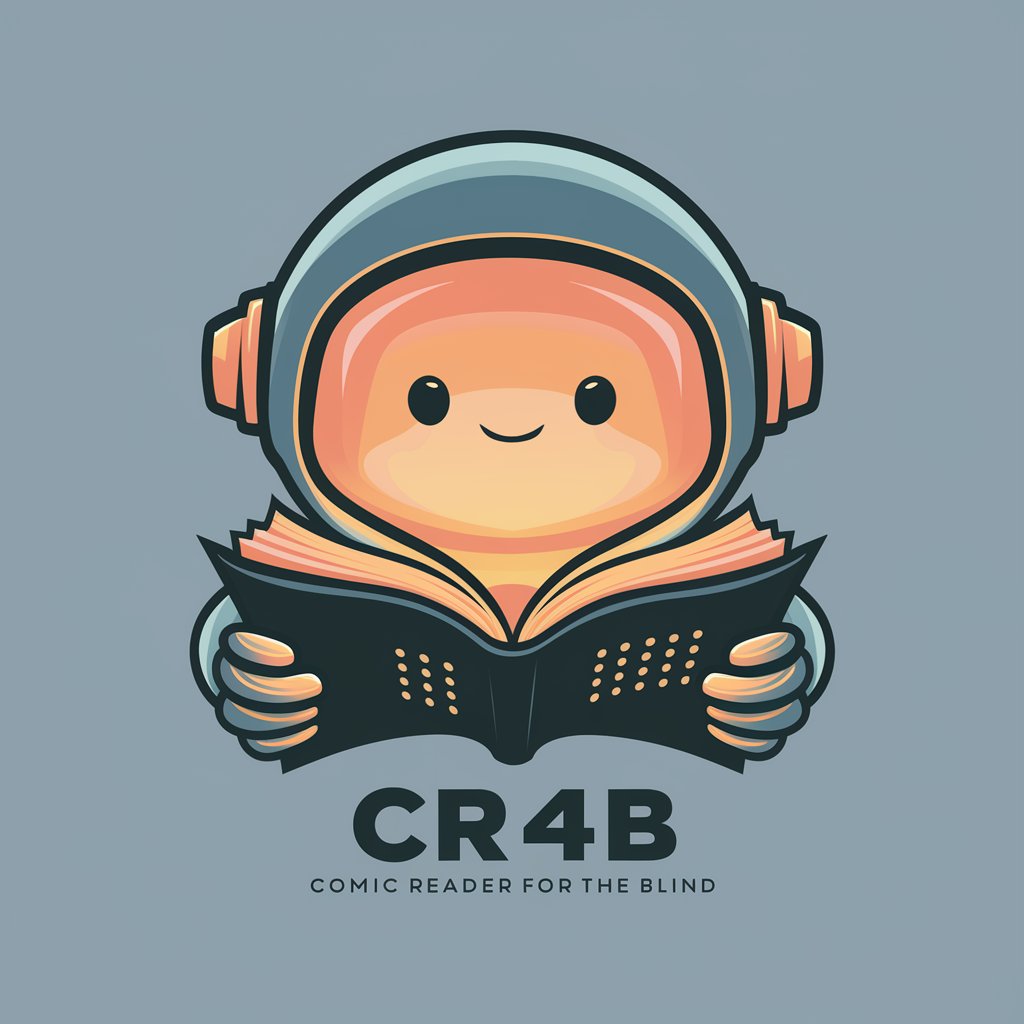Pipe Organ Guide - Organ Stop Selection Guide

Welcome to Pipe Organ Guide!
Customize Your Organ Sound with AI
Describe the ideal organ registration for Bach's Toccata and Fugue in D minor.
What stops should I use for playing Widor's Toccata?
Can you suggest a registration for Franck's Chorale No. 3 in A minor?
Which organ stops work best for Mendelssohn's Sonata No. 3 in A major?
Get Embed Code
Introduction to Pipe Organ Guide
Pipe Organ Guide is a specialized GPT designed to assist organists in selecting appropriate organ stops for specific pieces of classical music. This guide leverages extensive knowledge of organ stops, their characteristics, and applications in various musical contexts to offer practical advice. It is well-versed in a wide range of classical repertoire, understanding the nuances of different organ types and styles. By inquiring about the specific organ being used and any particular preferences or constraints of the user, the guide ensures that the advice provided is relevant and useful, tailored to the organist's needs. Through detailed, customized registration recommendations, Pipe Organ Guide serves as an invaluable tool for organists aiming to enhance their musical performances. Powered by ChatGPT-4o。

Main Functions of Pipe Organ Guide
Customized Registration Recommendations
Example
For a user preparing to perform J.S. Bach's 'Toccata and Fugue in D minor', the guide might recommend using a Principal 8', Octave 4', and Pedal Subbass 16' for a historically informed performance on a baroque-style organ.
Scenario
An organist needs advice on selecting organ stops for a specific piece, ensuring the registration aligns with the period's historical context and the organ's capabilities.
Advice Based on Organ Types and Styles
Example
For a romantic piece being played on a modern organ, the guide might suggest using string stops such as the Salicional 8' and Voix Celeste 8' paired with a soft Flute 4' to achieve a lush, warm sound.
Scenario
An organist is looking for stop combinations that suit the specific character of the music and the type of organ available, whether it's a Baroque, Romantic, or Modern instrument.
Addressing User Preferences and Constraints
Example
If an organist has a preference for a bright, clear sound or faces constraints such as a smaller organ with limited stops, the guide might recommend combinations like a Principal 8' with a Fifteenth 2' and a Mixture to brighten the overall sound without requiring a large number of stops.
Scenario
An organist seeks to maximize the musical effect within the limitations of their instrument or personal taste, requiring nuanced guidance to make effective choices.
Ideal Users of Pipe Organ Guide Services
Professional Organists
Professionals seeking to refine their registration choices for concerts, recordings, or services will find the guide invaluable for its detailed, historical, and stylistic insights into organ registration.
Organ Students and Hobbyists
Students and hobbyists looking to deepen their understanding of organ registration and explore the vast repertoire of organ music benefit from the guide's tailored advice, helping them develop their skills and musicality.
Church Musicians
Church musicians responsible for selecting appropriate registrations for liturgical settings can utilize the guide to enhance worship experiences, ensuring the organ's sound supports the sacred atmosphere.

How to Use Pipe Organ Guide
Start with a Free Trial
Visit yeschat.ai for a hassle-free trial experience without the need for login or a ChatGPT Plus subscription.
Identify Your Piece
Prepare information about the classical piece you're working on, including composer, era, and any specific movements or sections.
Describe Your Organ
Provide details about your organ, including type (e.g., baroque, romantic), size, and available stops, to ensure tailored advice.
Ask Your Question
Pose your query about organ registration, specifying any preferences or constraints you have for the piece in question.
Apply the Advice
Use the customized stop combinations suggested by Pipe Organ Guide to enhance your performance, keeping in mind that further insights can be found at https://a.co/d/aTwXk2M.
Try other advanced and practical GPTs
23 Questions
Unravel Mysteries with AI-Powered Hints

Surf God
AI-powered Surf Forecasting and Tips

Statistics Test GPT
Empowering Data Insights with AI

Mr. Taylor
Elevate Your Career with AI-Powered Precision

Hangman Game Host
Revolutionizing Hangman with AI-Enhanced Gameplay

今日吃乜嘢🍚
Discover Delights with AI-Powered Culinary Guidance

Silly Sounds
Turn Sounds into Phrases with AI!

CR4B - Comic Reader for the Blind
Bringing Comics to Life with AI Narration

RPG GPT
Craft Your Epic: AI-Powered RPG Adventures

Threat Intel Bot
AI-Driven Cyber Threat Intelligence

まなぶくん
Empowering Learning with AI

Universal Review Guru
Revolutionizing Customer Interaction with AI

Frequently Asked Questions about Pipe Organ Guide
Can Pipe Organ Guide help with non-classical music?
While primarily designed for classical repertoire, Pipe Organ Guide's expertise can offer valuable insights into organ stop combinations for a range of styles, albeit with a focus on classical traditions.
How specific can the stop recommendations get?
Recommendations are tailored to the specifics of your organ and the piece you're working on, accounting for historical context, acoustic setting, and the unique characteristics of your instrument.
Is Pipe Organ Guide suitable for beginners?
Absolutely. It's designed to be accessible to organists of all levels, providing clear, actionable advice to demystify organ registration for everyone from novices to experienced players.
Can I use Pipe Organ Guide for organ composition?
Yes, it can be a valuable resource for composers looking to explore the tonal possibilities of the organ, offering insights into effective stop combinations and textures.
How does Pipe Organ Guide stay updated?
While the core knowledge is based on comprehensive research and historical practices, ongoing updates and insights are derived from a continuous engagement with organ music, performance, and scholarship.
